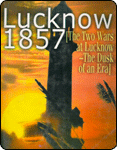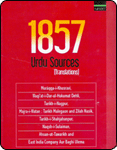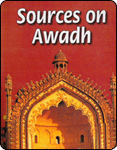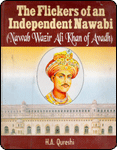The City
Welcome to Lucknow
Aadaab-e-Lucknow
What is so special and distinct about the style and form of speech characterised as the Lakhnavi style? Rooted within the walls of the old city, the style has spread its perfume all around and its traces are vivid in the common way of speech of the residents of Lucknow, irrespective of religion, caste and status. Even the downtrodden speak this flowery language and make themselves distinct from others belonging to the same category in other places. One finds the unintentional and spontaneous utterances of domestic servants, housemaids and roadside shopkeepers often being literary in form and expression, eventhough most of them appear to be illiterate.
Shaam-e-Awadh
Subah and Shaam are words that represent the two periods of a day -'morning' and 'evening' respectively. Interestingly, one finds these two terms of a day repeatedly associated with two cities of north India in two very contradictory and conflicting forms of depictions of women, that have appeared in Urdu poetry.
One depiction relates to Banaras (Varanasi) as Subah-e-Banaras, where a widow in a white sari is vividly described in all her charming form of beauty, appearing at the steps of a ghat of the river Ganga where she is engaged in the worship of the 'rising sun', and clad in a wet sari that is exposing most of her body, she tries desperately to shield her modesty by letting down her hair and evades the lustful gaze of men (which ironically, includes the poet who is narrating this scene).






